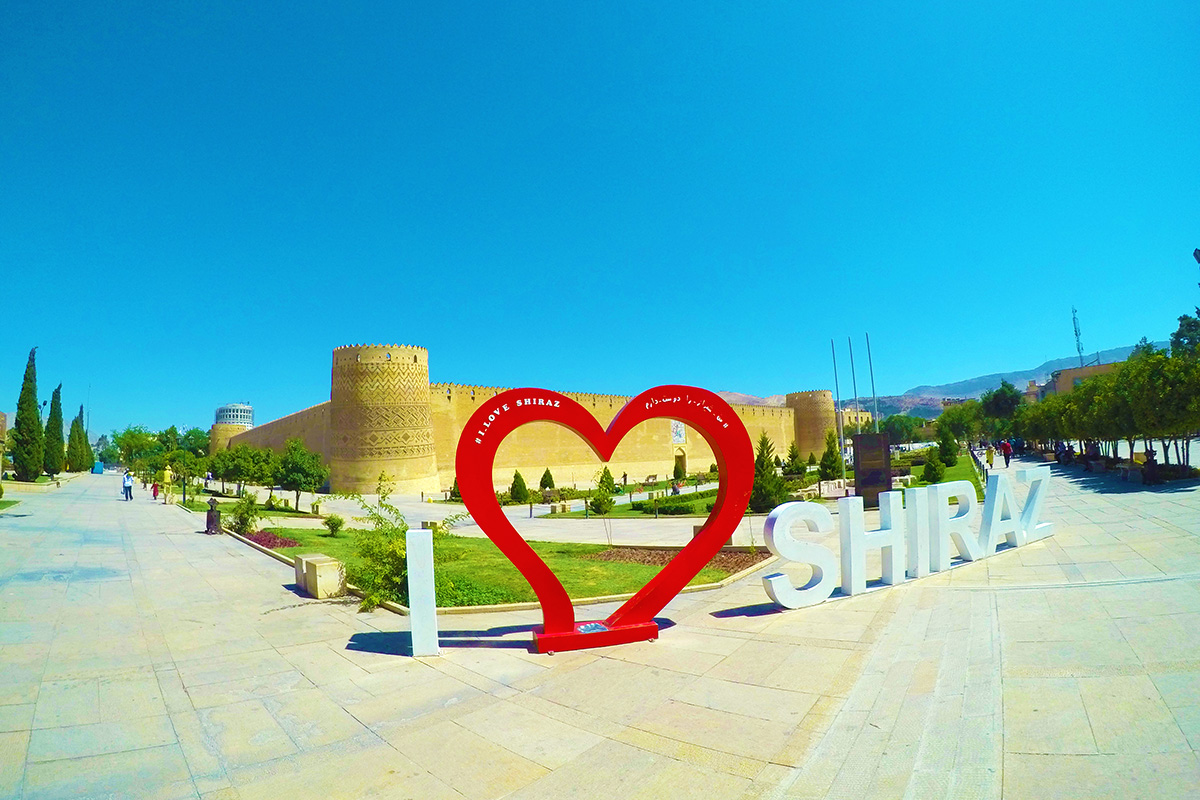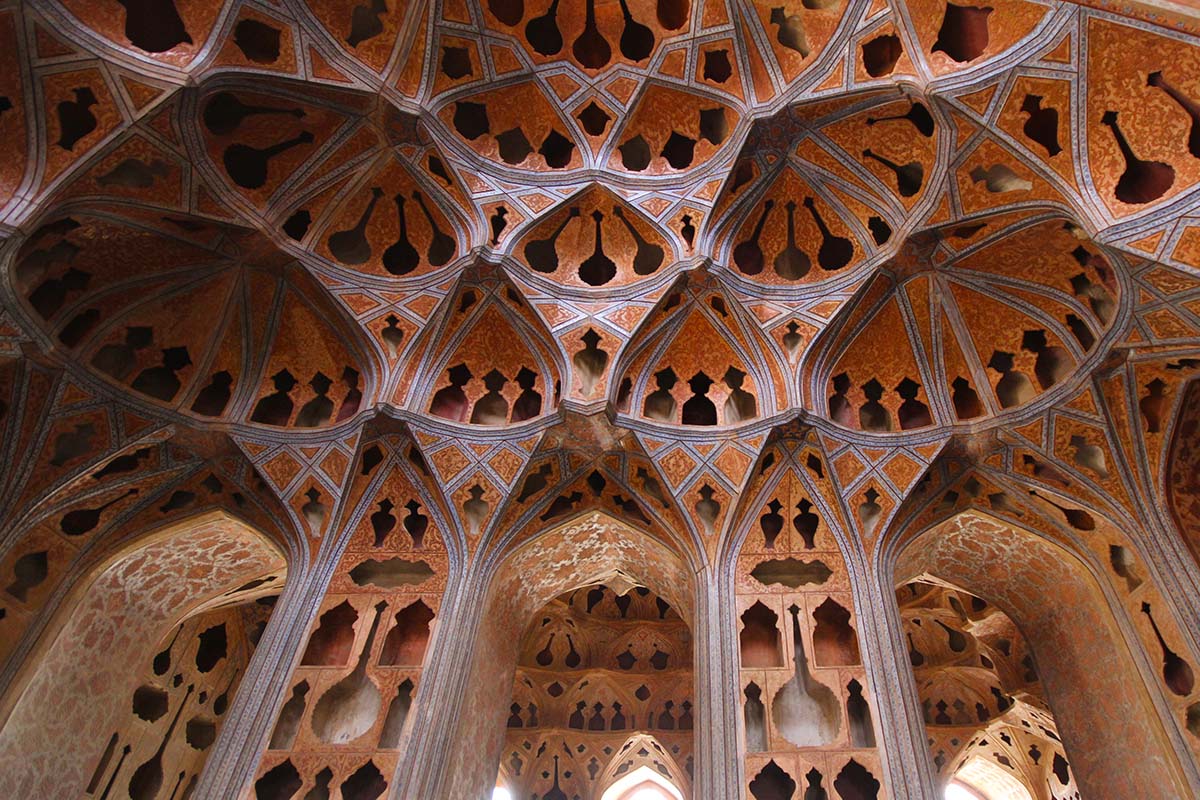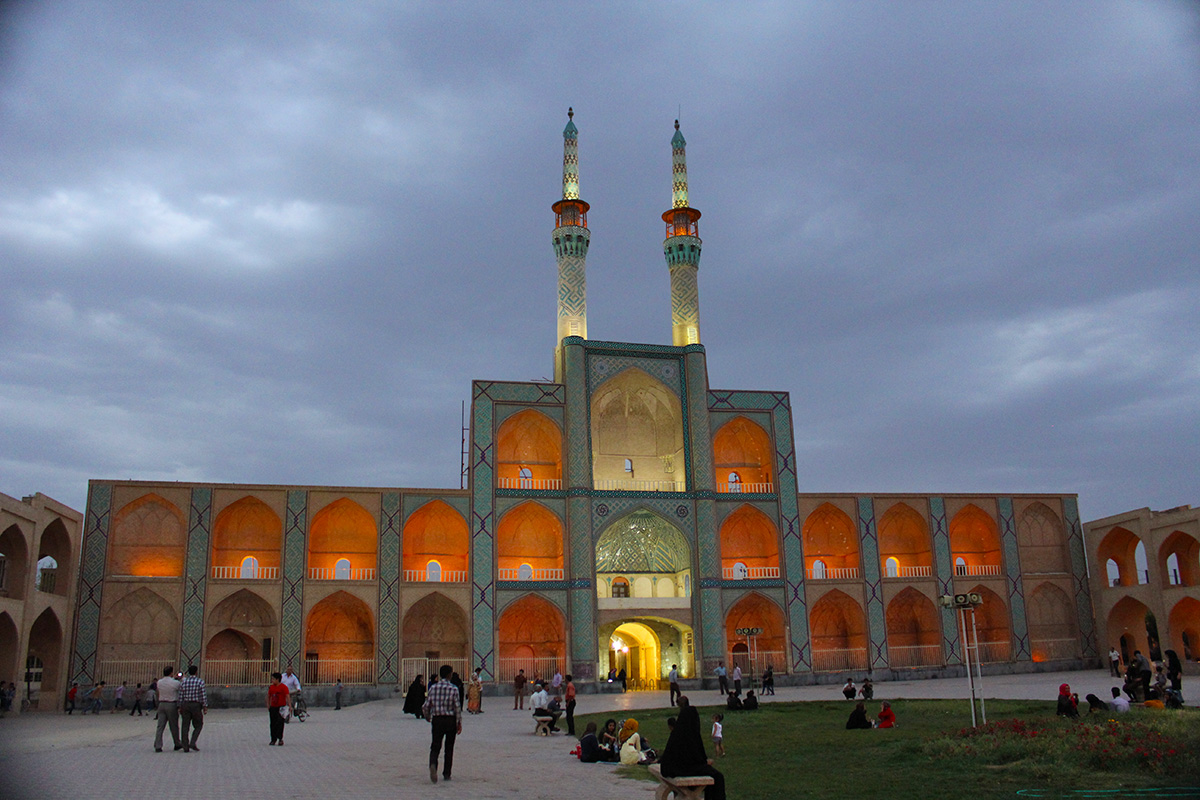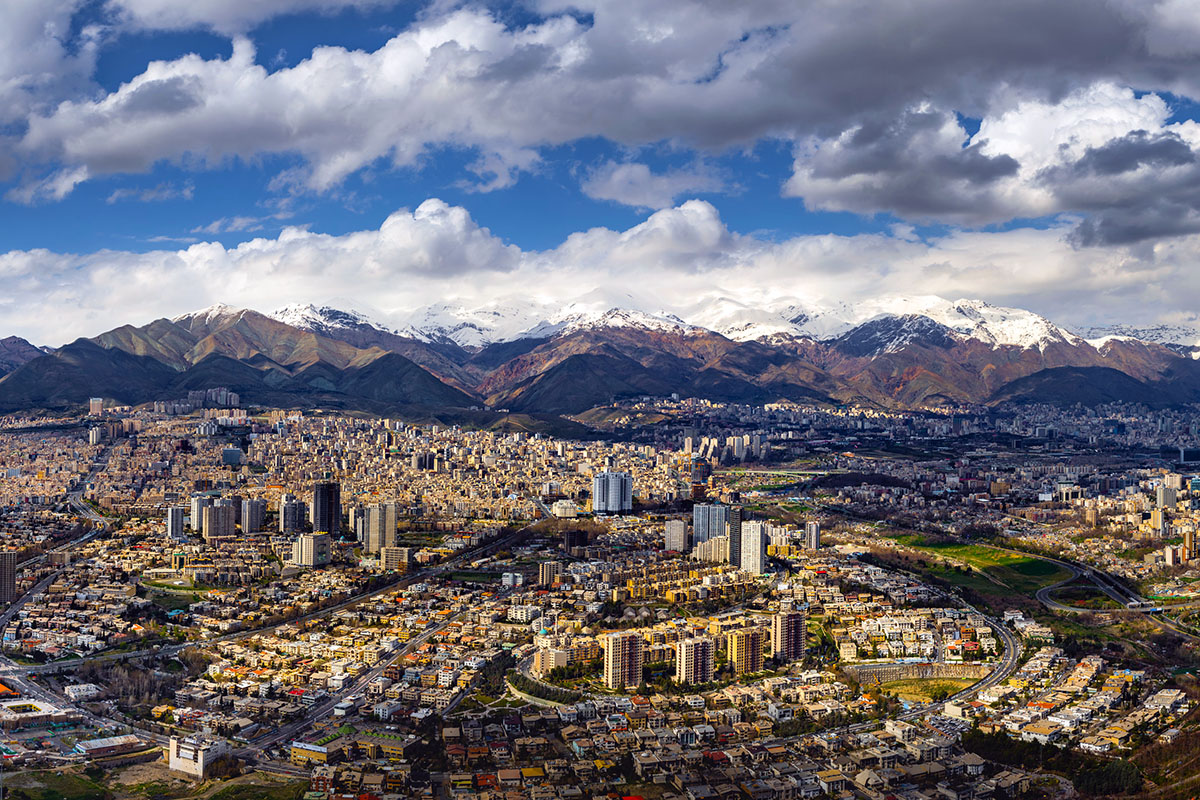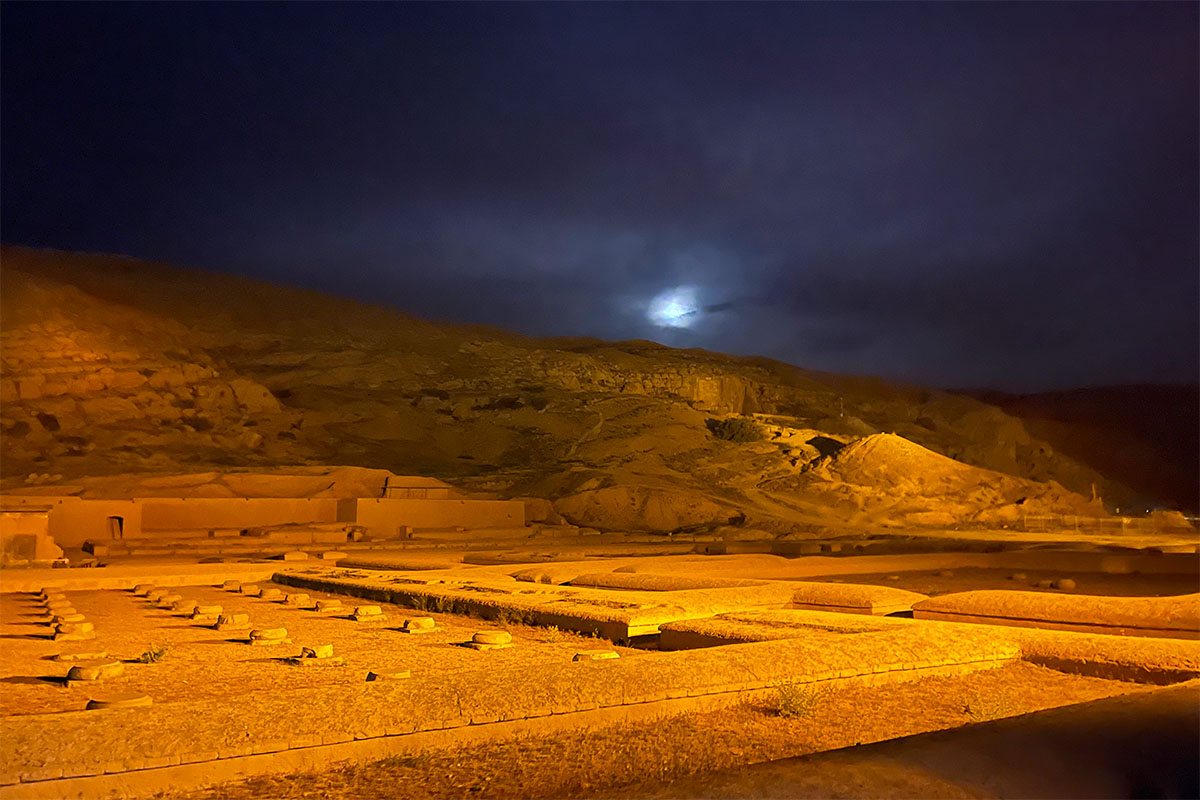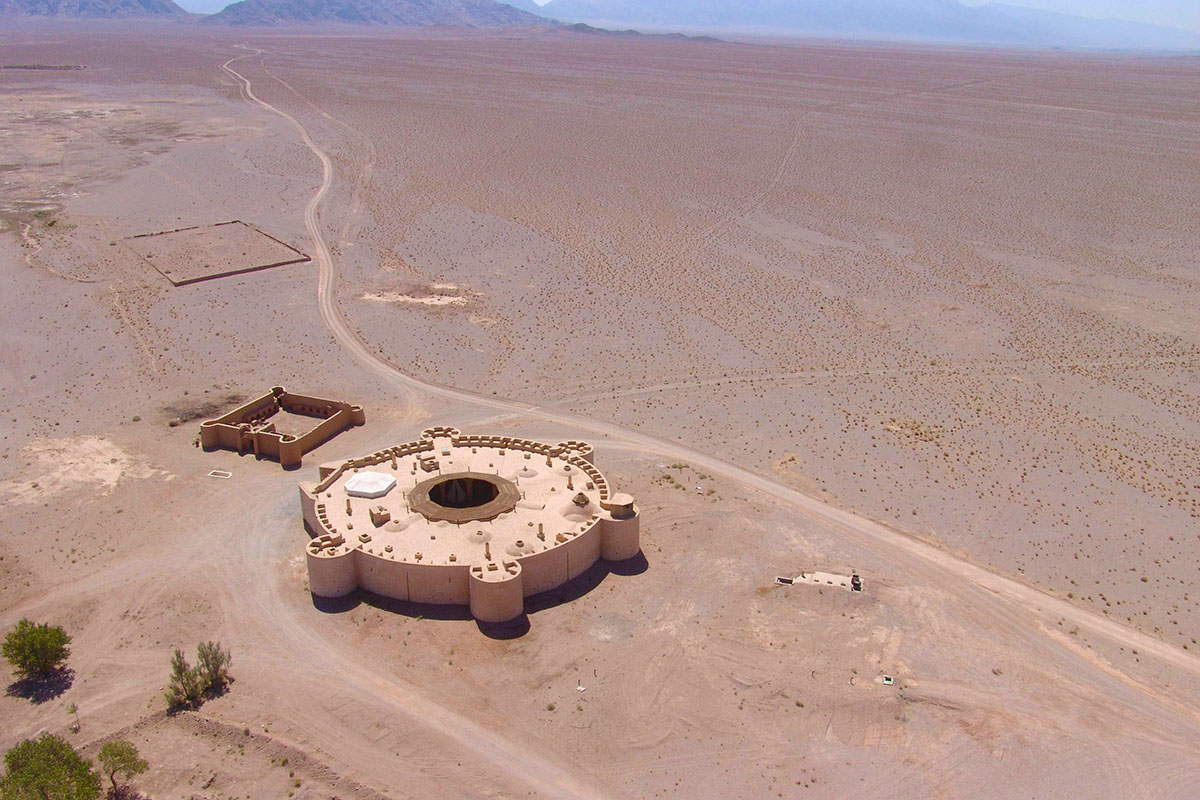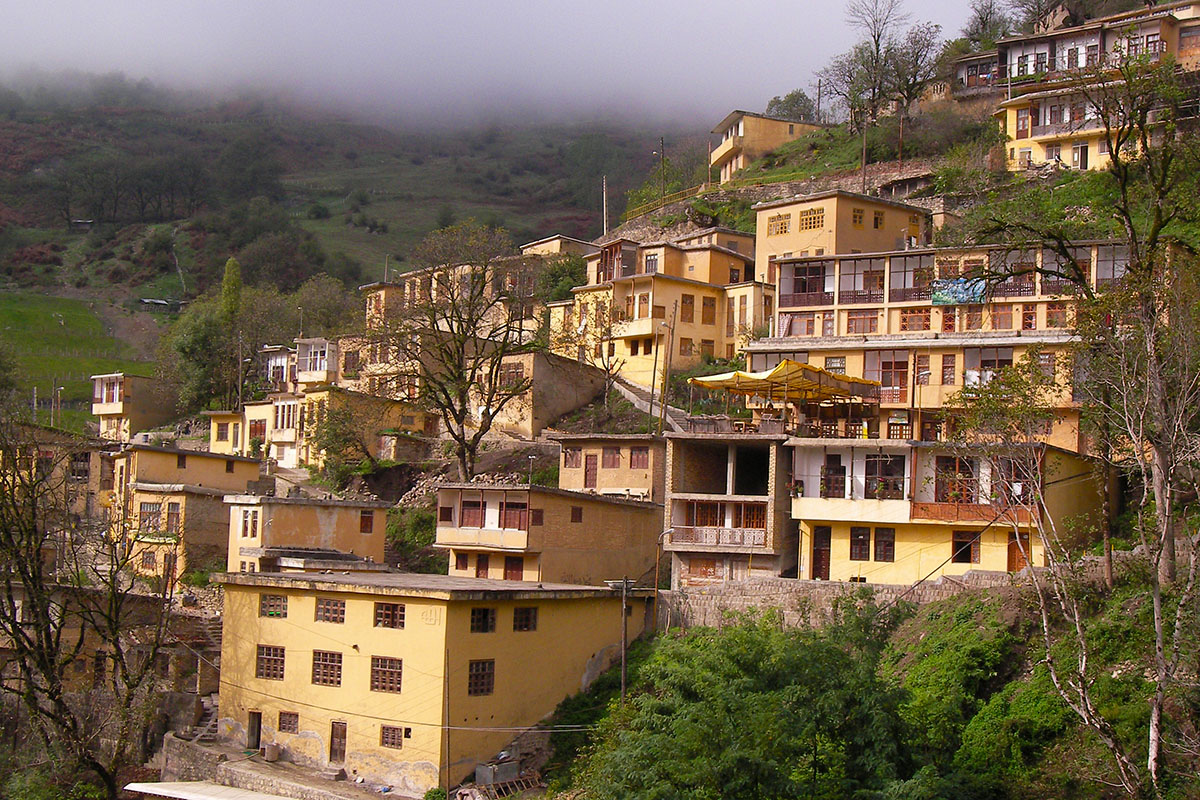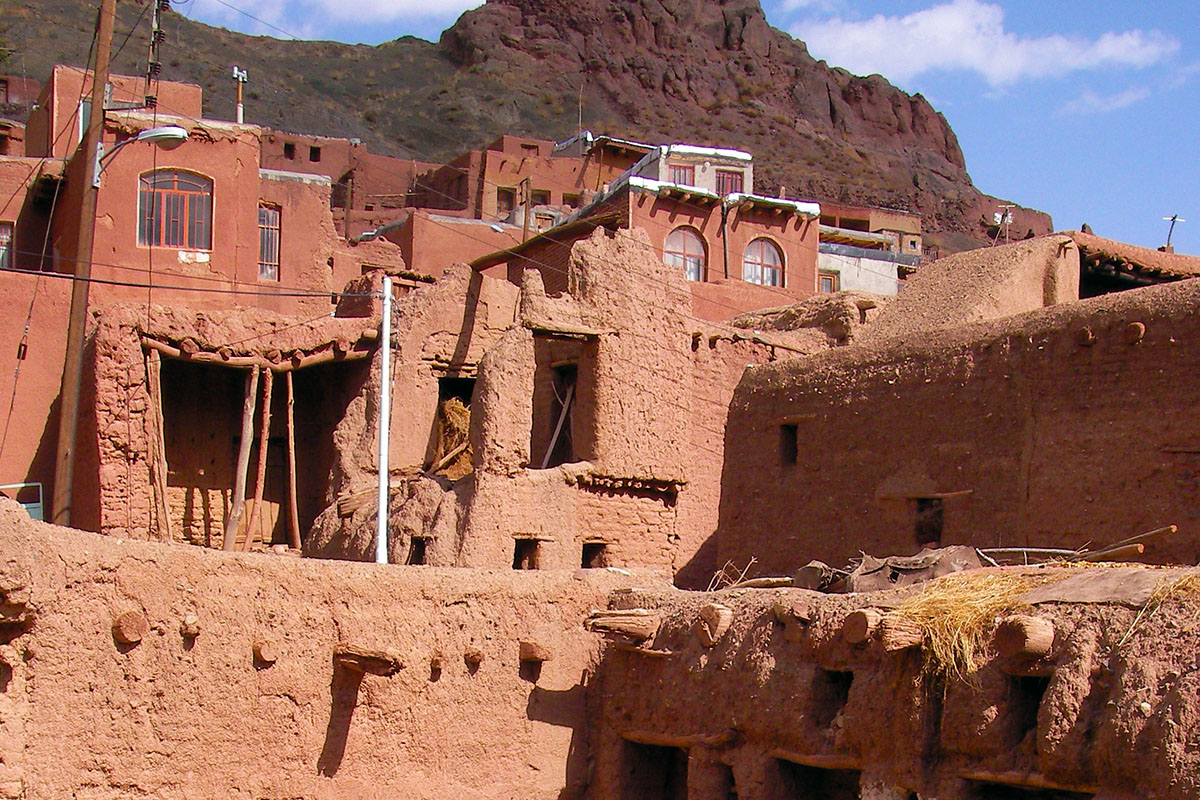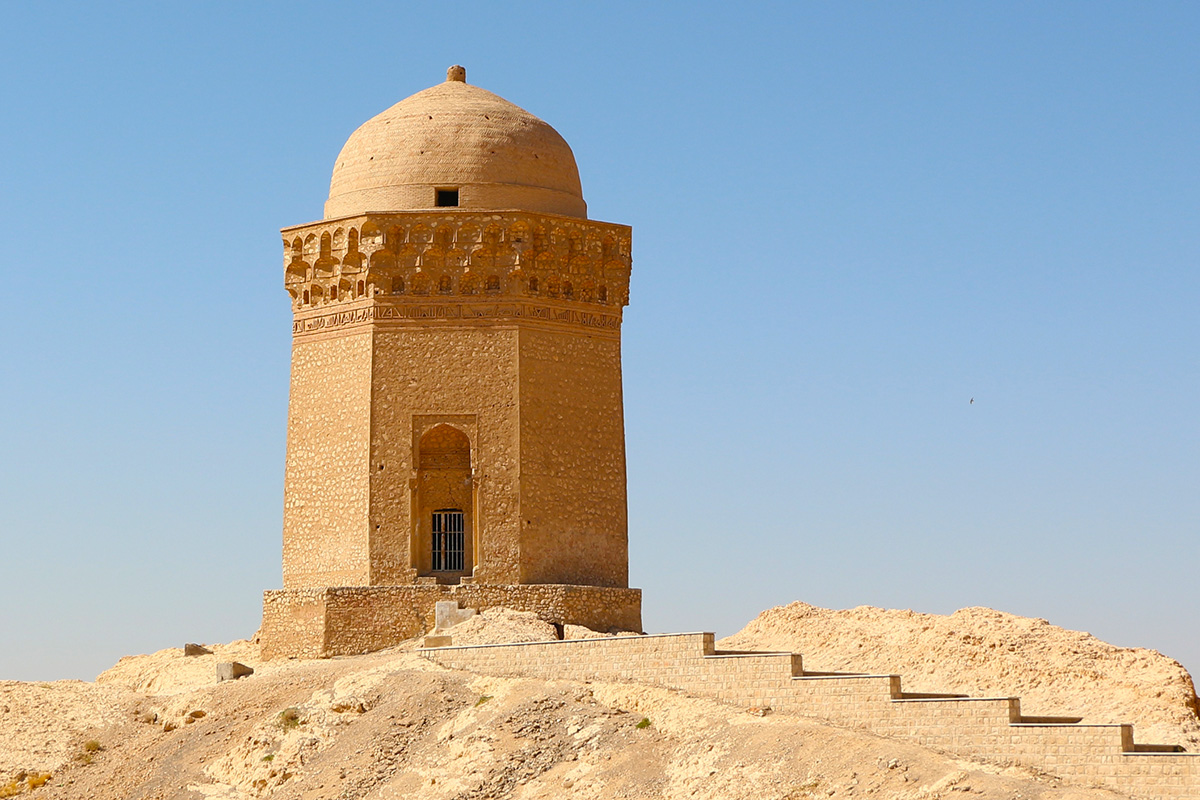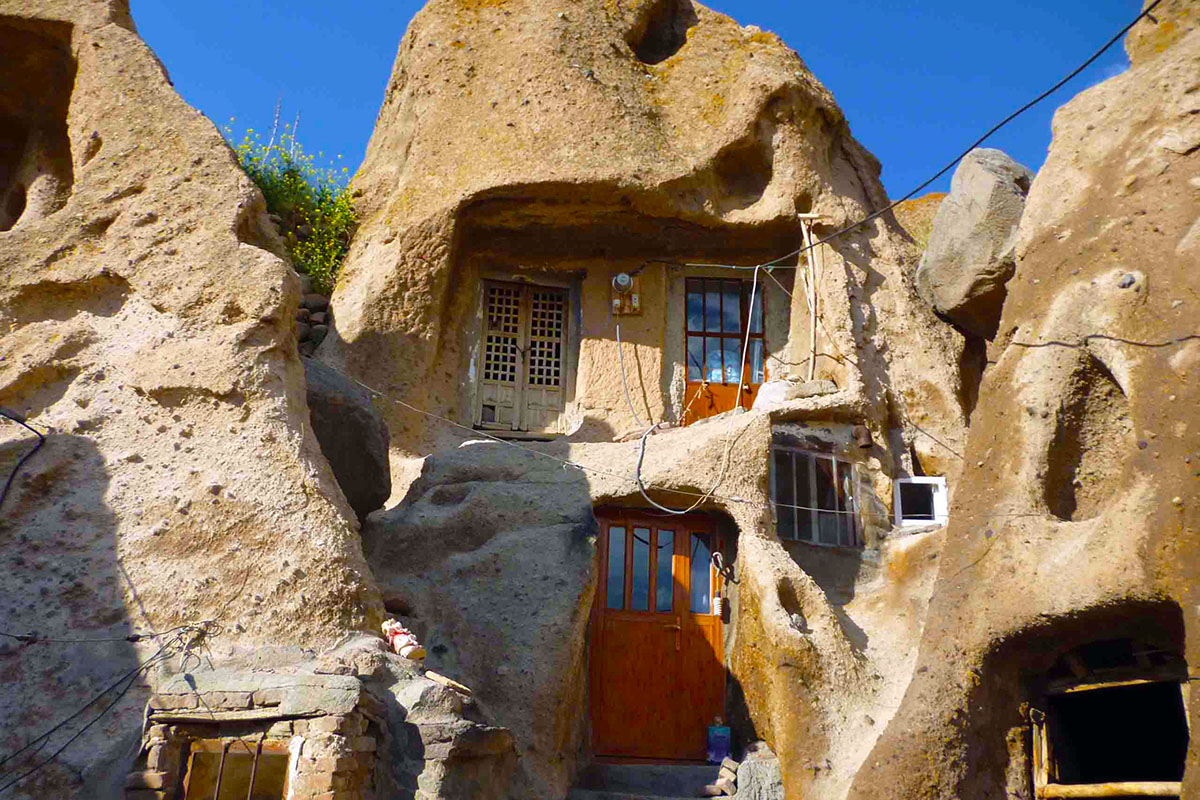With an area of three thousand and 542 kilometers, Firuzabad city is located 90 kilometers from Shiraz. The city is confined from the north to Shiraz and Kazeroun, from west to Farashband, from south to Qirokarzin and from east to Jahrom. Today called as Firuzabad, the city was actually Gur city in the past. There are many historical monuments in the city, which are mainly left from the Sassanid era. This city is the birthplace of the founder of the Sassanid dynasty, Artaxerxes, dating back to 3500 years ago. According to the reliable historical sources, the city of Gur, was built by Artaxerxes and he chose it as his capital. After the death of Artaxerxes in the year 241 BC, the circular constructional pattern of Firuzabad, has been much imitated until nearly the middle Ages, and four hundred cities were built in the same way.
History
Firuzabad was an important city in the ancient Persia during the Achaemenid Empire up to the conquer of the Macedonian Alexander, and after the victory of Alexander and his successors, it was turned to be the center of resistance against the Greek rulers and for years became a haven for liberals and a place for the elements of independence for those who did not obey the foreigners. When Alexander invaded Persia, he failed to penetrate Gur, finally he changed the direction of a river coming down from the mountain and led the stream toward the city and the entire city was drowned in water. Firuzabad was situated in a hollow compared to its neighboring lands, so when the river flowed to the region, the city became a lake and this lake remained for centuries until Artaxerxes started some operations to drain water and built a new city instead of Gur called “Ardeshirkhoreh" . Today the historical monuments of this city reveal its great cultural and civilizational heritage.
Language
In Firuzabad, the original inhabitants speak Persian, and parts of them are nomad tribes who settled in the city after the Islamic Revolution. The language of the people of this region is both Persian and Turkish
Climate
This area is relatively mild in winter with rainfalls and in the summer, the weather is dry and hot. The climate in this region due to the relative rainfall, has quite different situation comparing to the north and northwest of the country, the annual precipitation of the area is between 200 and 400 mm.
Agriculture & Animal Husbandry
Agriculture and animal husbandry is the main occupation of the residents of Firuzabad. The major crops are cereals, rice, citrus, dates, tobacco, peanuts, beans and sugar beet. Husbandry in this region is prosperous, different animal products such as wool, leather, and oil products are part of ranching. Animal products, are produced in abundance especially in the southern part of the city.
Handicraft
The crafts of city are rugs, woolen cloth and kilim which are of great antiquity among the nomadic and rural women. Meanwhile, the souvenirs of this city are sesame bread, sesame pudding and a variety of herbal extracts with abundant medicinal properties in the region of Meymand.
Attractions
The palace of Artaxerxes
The palace of Artaxerxes or Firuzabad temple was established during the last Parthian king by Artaxerxes the founder of the Sassanid dynasty in the 3rd Century. Artaxerxes Palace is a historical building and tourist attraction of Firuzabad. The palace has numerous nested halls and after 1800 years, the stucco work on the top parts remained intact. On the east side of the palace, there are four large domed building and on the north side, outside the walls of the palace there is a pure spring boiling from the ground, which has made a natural pool in front of the building. A river passed along the eastern wall of the palace, which was important in the development of the city of Gur and the Sassanid palace. There are four natural elements of water, wind, soil and fire which have granted particular advantage to the building. Artaxerxes Palace embodies the fundamental elements of the Sassanid architecture which survived for a long time after the fall of this dynasty. Some believe that the house was not a palace but a fire temple. Their reason is based on Mithraism beliefs that any significant building constructed near water, is a place for the worship of the goddess of Anahita.
Qal'eh Dokhtar
Qal'eh Dokhtar is a castle in Firuzabad dating back to the Sassanid period. This castle is located at a point where the slope of land, created a natural gateway. The location of this palace over the plain has provided the possibility of monitoring on the valley’s path which leads to Firuzabad. The distance of this castle to the present Firuzabad is about 6 km. This strong and relatively large castle which is dominant over the entire region was to monitor and protect the primary capital of the Sassanid in the city of Gur. Gypsum, mortar and rough stones were used in construction of this castle which has nested rooms and labyrinth. The feature of this castle is a stone water reservoir which has been created in the mountain, to supply the needs in the time of requirement. It seems that with the political success of the Sassanid kings, the castle has been replaced by a larger palace in the plain, ie the fire temple of Artaxerxes. Artaxerxes called himself “king of kings" after the victory over the Parthian kings but he still had to engage in battle to consolidate his power in Iran. But no other danger threatened his quarters. So probably the house on the highlands, which is narrow and impassable for the entertainment and leisure of guests was abandoned and replaced with a larger palace, which is located next to the lake. The Grand Palace Temple is named Firuzabad Fire Temple or the Sassanid Palace.
The ancient city of Gur
The archeological monuments of Gur is located 50 kilometers East of Meymand and 6 km north of Firozabad. The History of the city dates back to the Achaemenid era. Alexander of Macedon was plagued by the resistance of the people of the city and ordered to take the city underwater by closing the dam. Like many of the ancient cities, the plan of Gur is circular and has two retaining walls. The construction of city dates back to when Artaxerxes conquered the Parthian king and made Iran submissive, it means the beginning of the Sassanid dynasty. In this city, there is a tower with a height of over 30 meters, the reason of its construction is not known to us yet. The tower is located at the point where four main streets meet. The Internal wall is 450 meters away from the city center and the outer wall is a little bit farther. A remarkable point is that this city hasn’t been excavated up to now and its archeological importance is not discovered yet. Beside the tower, there is a high stone square which was likely the city center.
Transportation
From Shiraz Modares Terminal, there are both buses and taxis going to Firuzabad.

